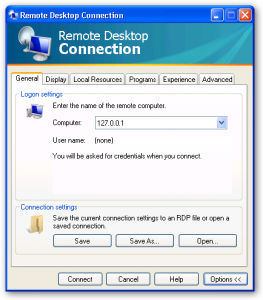I know that you have received these emails on a regular basis over the last year because I certainly have. You get an email that says that this stock *** is about to EXPLODE! the market is hot! Jump in before it is too late.
Then I hit delete
Apparently other people do not hit delete and as we know that is the reason that spam exists in the first place.
E-mails typically promote penny shares in the hope of convincing people to buy into a company to raise its price. People who respond to the “pump and dump” scam can lose 8% of their investment in two days.
Conversely, the spammers who buy low-priced stock before sending the e-mails, typically see a return of between 4.9% and 6% when they sell. The study recently published on the Social Science Research Network say their conclusions prove the hypothesis that spammers “buy low and spam high”.
The researchers say that approximately 730 million spam e-mails are sent every week, 15% of which tout stocks. Other estimates of spam volumes are far higher.
The study, by Professor Laura Frieder of Purdue University in the US and Professor Jonathan Zittrain from Oxford University’s Internet Institute in the UK, analysed more than 75,000 unsolicited e-mails. All of the messages touting stocks and shares were sent between January 2004 and July 2005.
The e-mail messages had either been received by Professor Zittrain or been posted on a newsgroup, known as Nanas. Nanas is used to alert network administrators about new spam messages and the action they can take against them.
The researchers were then able to compare the estimated size of an e-mail campaign with trading activity and share prices immediately before and after the first arrival of a spam message. The team found that a spammer who bought shares the day before starting an e-mail campaign and then sold them the day after could make a return on his or her investment of 4.9%.
“If he or she were to be a particularly effective spammer, returns to this strategy would be roughly 6%,” they wrote.
Conversely, if someone who received the message chose to invest $1000 (£530) in a promoted company they would be left with $947.50 after two days. Victims of a large e-mail campaign could be left with $930 after two days. On average a victim loses $52.50 for every $1000 invested.
However, real losses would be even greater, the team suggest, because the victim would also have had to have paid fees to buy and sell the shares.
“Our analysis shows that spam works,” the team wrote.
“Among its millions of recipients are not only those who read it, but who also act upon it”
Security firms advise e-mail users to install a spam filter, delete unsolicited messages and never to respond to offers.



